Bose: The Military Dimension: A Military History of INA and Netaji
Contents: Foreword. The Rise of Nationalism in India. 1. Historical Context of the Freedom Struggle, the Military Revolts of 1857 and 1946. 2. Bose the Indian Samurai. 3. Lost Victories, the Summer of 1942. 4. The First INA, Raising the Force. 5. Bose Moves East. 6. The Second INA and the Provisional Government of Free India. 7. Invasion, the Critical Battles of Imphal and Kohima. 8. Retreat from Burma. 9. Missing in Action. 10. The Legacy of Bose, the need to revise Indian History. Epilogue: A Final Military Assessment of the INA. Appendix: The Nation State and Nationalism in India. Bibliography.
This book is a 125thAnniversary tribute to Bose and his INA. It is a path breaking book that seeks to evaluate Netaji Subhash Chandra Bose as a military leader and assess the combat performance of the Indian National Army (INA) in WWII and its significant impact on the Freedom Struggle.
Netaji was instrumental in India getting her freedom. The book has gone into great details about each & every engagement fought by the INA. The INA was the primary catalyst that inspired the military revolts of 1946 that ultimately forced the British to quit. For the first time, the author has examined the events of 1946—especially the revolts in the Royal Indian Navy and the British Indian Army in great detail. He has cited British sources to prove that these revolts were primarily instrumental in forcing the British to leave in such a tearing hurry merely two years after they won the WWII. This book seeks to reopen the significant historical debate about how India got her freedom. A succession of court historians have tried to craft a narrative that India had obtained her freedom entirely by the soft power of Ahimsa/non-violence; that hard power had no role to play whatsoever. This is a huge sacrilege. As per the INA’s official history, the force had a total strength of 60,000. Of these, 26,000 were killed in action. This is an enormous scale of sacrifice. The pity is that the Nehruvian dispensation treated these men as traitors. There is as yet no memorial for these martyrs. The INA veterans were not taken back into the Army (on Mountbatten’s advice) and denied their war time pensions. Any nation that seeks to gloss over the martyrdom of 26,000 of its soldiers erodes the very basis of its nationhood. The problem arose from the Nehruvian dispensation’s quest for political legitimacy. This denial of the use of force was thus pushed to inordinate lengths. Nehru claimed that India needed no armed forces and deliberately starved them of resources. He laid most exaggerated emphasis on pacifism even at the cost of national interests. India had to pay a major price for Nehru’s quest for political legitimacy. The toll this exaggerated pacifism took, was seen by the whole world in the military disaster of 1962. Fortunately that served as a major wake up call for the onset of realism in India. The problem is that India’s pre and post-independence histories form a seamless whole. They cannot be seen in isolation. Where a nation state is going depends a lot on where it came from. That is why this seminal debate on how India gained independence is vital for our future.
There is also the dark secret about what finally happened to Bose. The author is pessimistic about the unearthing of the real truth as many critical Indian files have been destroyed. To get at the whole truth, we need access to Russian, Japanese and British archives. The author has analysed a wealth of data. It leaves us with some most disconcerting and horrible speculations about what happened to the man who in truth, got us our freedom. This book seeks to carry out a professional assessment of the INAs stellar combat performance against overwhelming odds and analyses the visionary and inspiring leadership of Bose as a self-taught military leader in the genre of Mao of China and Giap of Vietnam. The author concludes that Bose ranks on par with these globally famous self-taught military leaders who led from the front and proved to be great strategists.
Get it now and save 10%
BECOME A MEMBER

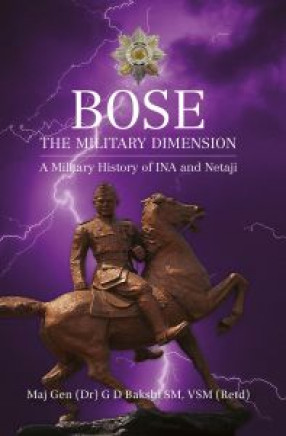

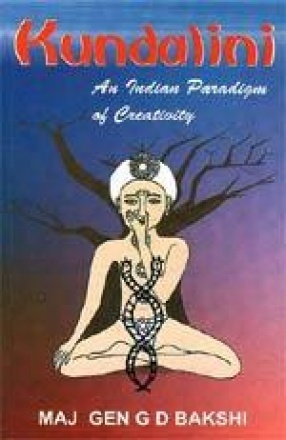

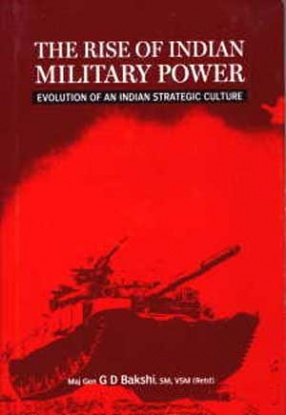
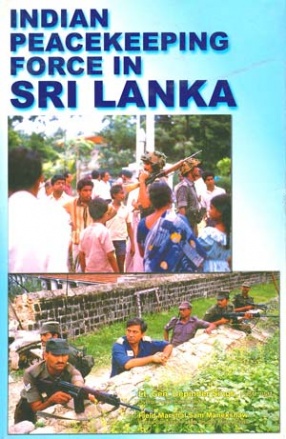
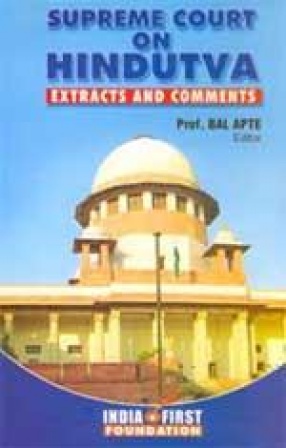
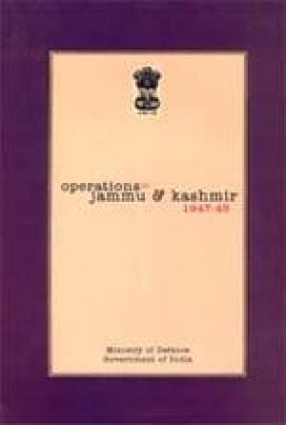
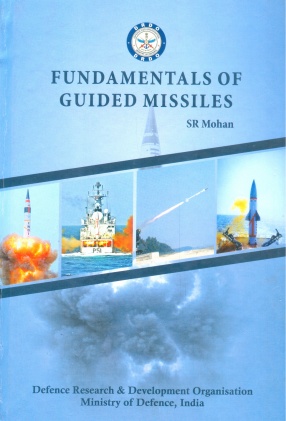

Bibliographic information